Review
It may be still be Ford’s smallest van but the Transit Courier has grown significantly in its latest generation.
The new model has a bolder appearance, thanks to its boxy stature, a new, minimalist interior, and will be available with an electric powertrain for the first time.
Unlike the upcoming Transit Connect, which is based on a VW Caddy, the Courier is all Ford. Underneath it borrows bits from the manufacturer’s Puma passenger car and integrates a new electrical architecture.
Driveability is therefore unmatched and in-cab technology makes a major step forward, too.
The Transit Courier can be had with a 1.0-litre turbocharged petrol engine or a 1.5-litre diesel. Both serve up 100PS and use a six-speed manual gearbox. There’s a more powerful 125PS petrol unit that comes with a seven-speed automatic.
A fully electric E-Transit Courier will go on sale in late 2024, arriving on UK roads in early 2025.
Only one body size is available, offering 25% more loadspace than the previous Transit Connect.
A compact footprint is retained, facilitating urban driving and manoeuvring. The new Transit Courier has a body length of 4.3m, a width (including mirrors) of 2.0m and a height of 1.8m.
The loadspace has a volume of 2.9 cubic metres and cargo length has been increased to 1,802mm. New rear suspension with angled shock absorbers increases the load width between the wheelarches to 1,220mm, which means the Transit Courier can now carry two Euro pallets.
Payloads range from 615-677Kg, depending on engine and trim level. Ford also offers a high payload option for £150 (ex VAT), which increases the payload figure to 781 – 859Kg.
A fixed steel bulkhead, a single side sliding door and rear barn doors are fitted as standard. As an option, Ford offers a load-through bulkhead (£275 ex VAT) with a folding passenger seat that enables items up to 2.6m to be carried in the van. A second sliding door can be fitted to the right-side of the van for £500 (ex VAT).
The Transit Courier has a durable and rugged feel. Its chunky plastic door handles, interior upholstery and trim pieces all look and feel like they are built to last.
There’s a spacious cabin with a digital-first approach. Both the instrument cluster and infotainment system are provided via screens. The central display measures eight inches and uses the latest Ford SYNC 4 software. There’s a physical volume knob and a couple of quick access buttons for the climate controls and vehicle settings, but that’s it. Pretty much everything has to be done using the screen.
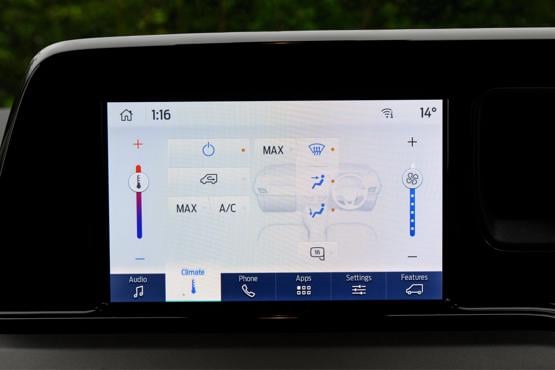
It’s a neat arrangement but perhaps one that may frustrate drivers a little. The basic air conditioning controls lack an ‘auto’ function, so frequent adjustments need to be made via the touchscreen. The interface is, at least, very simple to get on with. It also features a modem to integrate telematics and online services.
We can’t fault the cabin’s ergonomics. Plenty of storage solutions are supplied and the driving position can be adjusted sufficiently to achieve a comfortable arrangement.
The entry-level Leader trim comes well-equipped, serving as a good base vehicle for fleets to tailor the spec with modestly priced options.
Stepping up to the Trend version adds heated front seats, a heated steering wheel, air conditioning, front fog lights, wheel trims and an armrest.
The Transit Courier Limited has more painted plastic bits on the outside, alloy wheels, climate control, reversing camera and a wireless phone charging pad.
There is also an Active model that suits off-road or lifestyle customers with scuff plates, larger wheels and roof bars.
The Transit Courier’s on-road manners are exceptionally good for a small cheap van. It’s quiet, refined and easy to drive. Surprisingly, the driver engagement is particularly high, benefiting from an especially keen steering arrangement.
Firmer suspension keeps body roll to a minimum and the eagerness of the Transit Connect to change direction means it really does handle like a car.
We’ve only driven the diesel, so far, but it’s a great unit. The 100PS output may seem modest but it’s easily kept on the boil thanks to that six-speed manual. It’s a smooth unit and we were achieving 45mpg during mixed driving.
The clutch pedal is a little heavier than we were expecting and the brakes are particularly sharp. For operations that largely require stop-start city driving, we’d recommend the automatic as a consideration.
Where the Transit Courier really makes sense, however, is price. At £16,200 (ex VAT) it’s pretty much the cheapest small van on the market. Loadspace and payload is not quite as high as some vehicles in the segment, but for operations where a slightly smaller vehicle is suitable the Courier should absolutely be at the top of your list.
Specs
| Manufacturer | Ford |
| Model | Transit Courier Diesel |
| Specification | Ford Transit Courier Diesel 1.5 EcoBlue Leader Van |
| Model Year | 2025.00 |
| Annual VED (Road tax) | £1035 |
| BIK List Price | £18,867 |
| CO2 | 135g/km |
| Insurance Group | N/A |
| CC | 1,499 |
| Fuel Type | |
| Vehicle Type | Small van |
| Luggage capacity (Seats up) | N/A |
Running Costs
| P11D | £18,867 |
| Cost per mile | 33.43ppm |
| Residual value | £7,950 |
| Insurance group | N/A |
| Fuel Type | |
| Cost per mile | 33.43ppm |
| Fuel | 11.02ppm |
| Depreciation | 18.29ppm |
| Service maintenance and repair | 4.12ppm |
Rivals
Info at a glance
-
P11D Price
£18,867
-
MPG
54.3 -
CO2 Emissions
135g/km -
Payload
N/A -
Load Volume
N/A -
Load Width
N/A -
Load Length
4,337mm



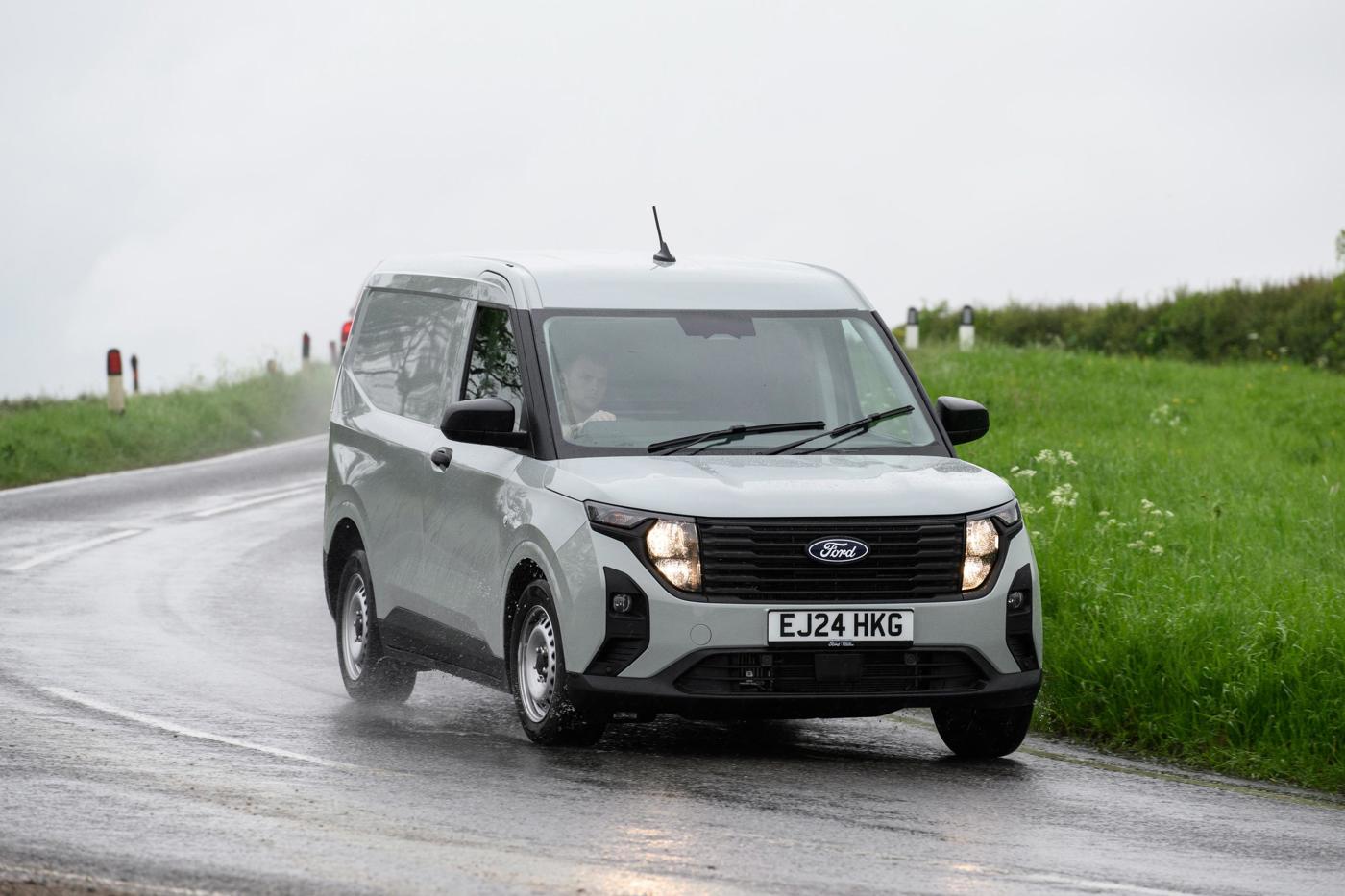





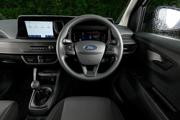
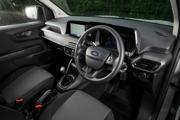
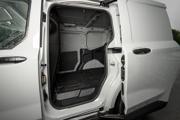
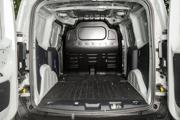
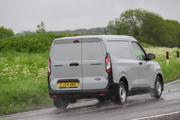


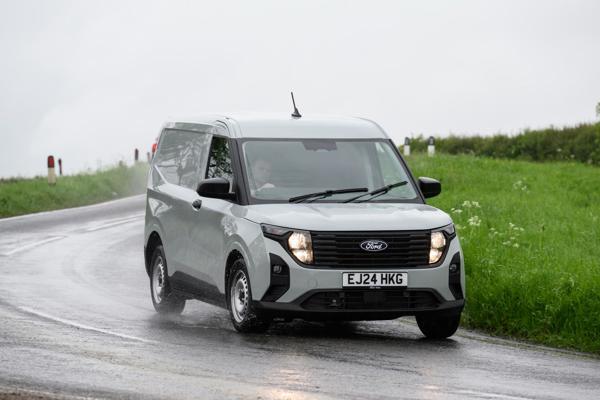
 Diesel
Diesel
 Petrol
Petrol












